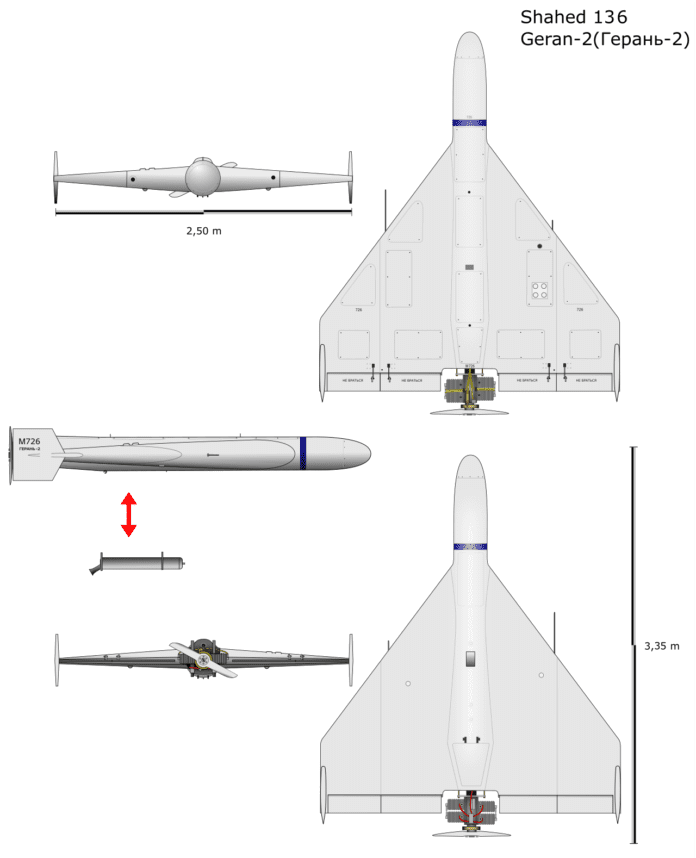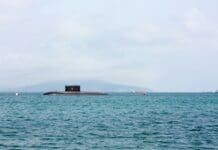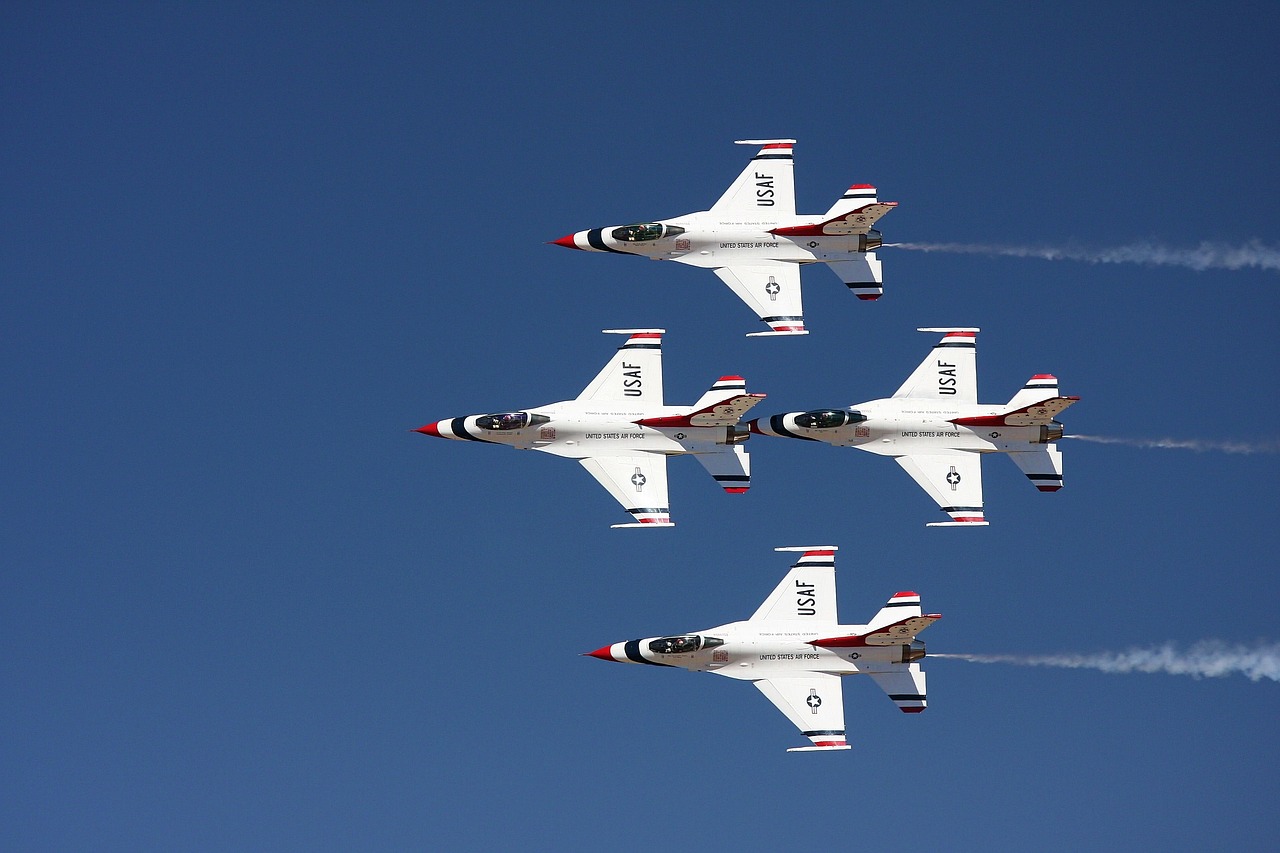This post is also available in:
 עברית (Hebrew)
עברית (Hebrew)
Recent reports suggest that Russia may be employing a substantial North Korean workforce to support its domestic weapons manufacturing, including tactical unmanned aerial systems. According to Ukraine’s military leadership, up to 20,000 North Korean laborers could be working in a Russian production facility located in Yelabuga, within the Republic of Tatarstan.
According to an interview with Ukrainian Armed Forces Chief of the General Staff Andriy Hnatov with domestic news outlet Ukrniform, the site is known for manufacturing Geran loitering munitions—a domestically produced drone system modeled closely on Iran’s Shahed-series UAVs. These drones have been widely used by Russian forces in Ukraine for long-range strikes, particularly against infrastructure.
The presence of foreign labor at these facilities could indicate a broader trend of Russia’s increasing reliance on external partners to maintain the pace of its military-industrial operations amid the ongoing war. The role of North Korean workers in assembling military-grade systems would mark a notable expansion of North Korea’s support for Russia beyond arms shipments.
Separately, the General said uniformed North Korean personnel have been observed in Russia’s Kursk region. Described as engineering units for mine-clearing tasks, these forces have not yet been linked to frontline combat activity, according to Ukrainian assessments.
Over the past year, North Korea has become one of Russia’s most active defense partners. Reports indicate that Pyongyang has sent artillery, missiles, and thousands of personnel to assist Russian operations.
The apparent use of North Korean labor in arms production would also reflect a continuation of Pyongyang’s longstanding strategy of exporting workers abroad, despite international sanctions prohibiting the practice.
The arrangement could signal a growing alignment between Russia and North Korea—not just diplomatically, but also at a production level within the defense sector, potentially reshaping sanctions enforcement and strategic calculations across multiple regions.


























